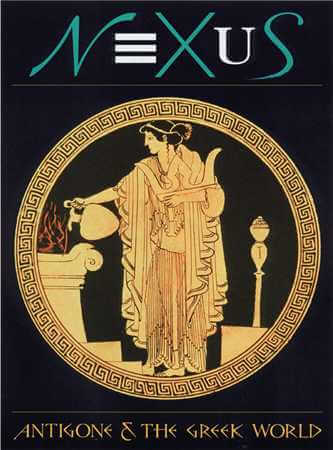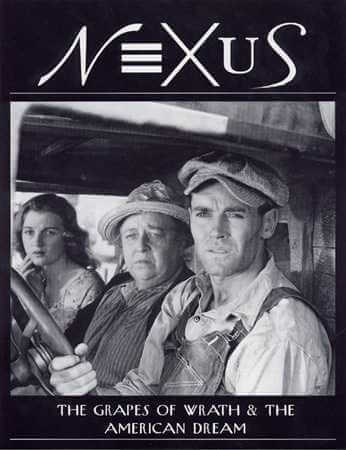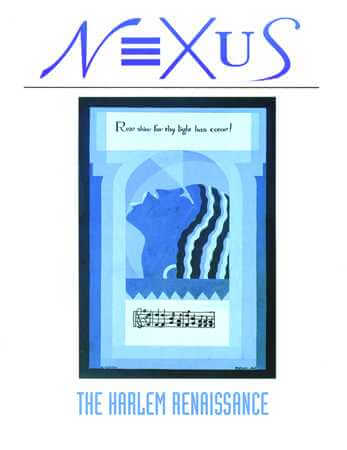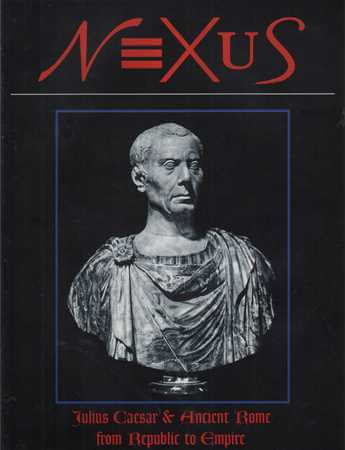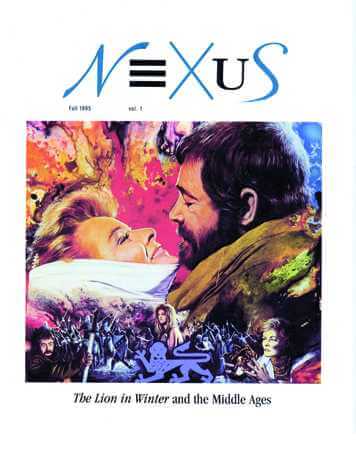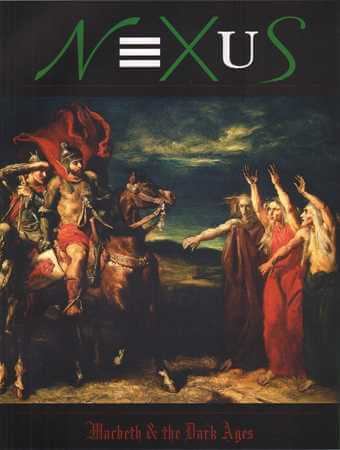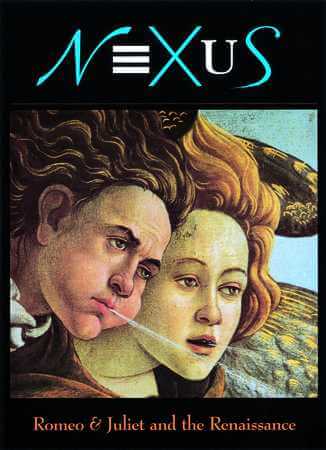NEXUS CONNECTS: The Grapes of Wrath Virtual Supplements and Lessons with Worksheets:
These ONLINE Common-Core aligned Grapes of Wrath supplements-lessons, although designed to be extensions of the NEXUS book The Grapes of Wrath and the American Dream, can also be taught independently of the book.
TO ACCESS ANY OR ALL THE GRAPES OF WRATH SUPPLEMENTS, ORDER HERE.
(NOTE: Unlike NEXUS books, all NEXUS supplements are virtual.)
TO ENSURE THE INTEGRITY OF THE ANSWERS TO LESSON QUESTIONS, THEY ARE NOT POSTED ONLINE.
TO REQUEST THE ANSWERS, EITHER EMAIL US A REQUEST, USING THE LINK BELOW, WITH YOUR DEPARTMENT HEAD’S OR PRINCIPAL’S SCHOOL EMAIL ADDRESS (Answers will not be sent to personal email addresses)
OR
SEND AN SASE (with the appropriate amount of postage) ON SCHOOL LETTERHEAD, ADDRESSED TO THE DEPARTMENT CHAIR to
NEXUS, 5017 Archmere Ave., Cleveland, OH 44144
Grapes of Wrath Writing Lesson

![]() Writing Character Sketches à la Steinbeck
Writing Character Sketches à la Steinbeck
The goals of this Grapes of Wrath supplement and reading/writing exercise are:
- to improve students’ observation skills by teaching them to observe body language, dialect and gestures without judgment;
- to help students recognize the role body language plays in character sketches (word portraits);
- to help students “read” character through habits of speech and manner of dress;
- to show students the use and value of descriptive verbs in delineating character;
- to write word portraits (using Steinbeck’s character sketches as models) that are based on astute observations and that utilize well chosen descriptive verbs.
NOTE:
DESCRIPTIVE VERBS – Overused verbs like “walk,” “put,” “take,” “get,” etc. merely convey action. In addition to conveying action, descriptive verbs describe the feelings that motivated the action: “He trudged to the store” tells us something about the character’s mood. “He walked to the store” simply says what he did. In this lesson students learn to observe actions carefully and then to describe those actions with descriptive verbs.
WORD PORTRAITS – We call character sketches “word portraits” to indicate that delineating a character is more than a mere “sketch,” it’s a portrait.
For INSTANT ACCESS to this GRAPES OF WRATH Supplement and Lesson
Cross-Curriculum Thinking Skills

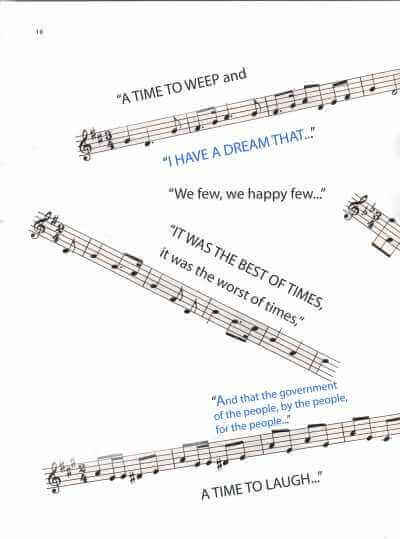
![]() Repetition in Literature and Music
Repetition in Literature and Music
This supplement teaches students to become attentive to repeated themes and variations of those themes in literature and music, particularly in the “inner” chapters of The Grapes of Wrath. The accompanying worksheet challenges students to identify and interpret repeated verbal patterns in both the “inner” and the narrative chapters of The Grapes of Wrath.
For INSTANT ACCESS to this GRAPES OF WRATH Supplement and Lesson
New Deal Art, Theater and Music Lessons

![]() The Federal Arts Projects
The Federal Arts Projects
In this supplement-lesson students examine the WPA’s Federal Music Project and Federal Writers’ Project and the politics that made them possible. Students learn how the FMP opened opportunities for female musicians and people of color in the nation’s orchestras, introduced American composers to America for the first time, created orchestras in cities across the nation, and gave 224,698 performances to 150 million Americans at very low prices in both large cities and small towns. In the Federal Writers’ section they learn that the FWP helped launch the careers of famous American writers, including Ralph Ellison, Saul Bellow, and John Cheever, gathered 2300 of slave narratives (oral histories), which otherwise would have been lost forever, and created the very popular American Guide Series, which focused on the lives of ordinary people, regional history, culture and folklore. (For an examination of the Federal Theatre Project see “Uncle Sam in the Limelight” in The Grapes of Wrath and the American Dream.) The supplement also provides an overview of the politics behind the termination of the Federal Writer’s Project.
For INSTANT ACCESS to this GRAPES OF WRATH Supplement and Lesson
COMMON CORE STANDARDS MET WITH THIS LESSON:
Determine a theme or central idea of a text and analyze in detail its development over the course of the text, including how it emerges and is shaped and refined by specific details; provide an objective summary of the text.
Determine the meaning of words and phrases as they are used in the text, including figurative and connotative meanings; analyze the cumulative impact of specific word choices on meaning and tone (e.g., how the language evokes a sense of time and place; how it sets a formal or informal tone).
Analyze the representation of a subject or a key scene in two different artistic mediums, including what is emphasized or absent in each treatment (e.g., Auden’s “Musée des Beaux Arts” and Breughel’s Landscape with the Fall of Icarus).
Social Idealism vs. Social Realism Lesson

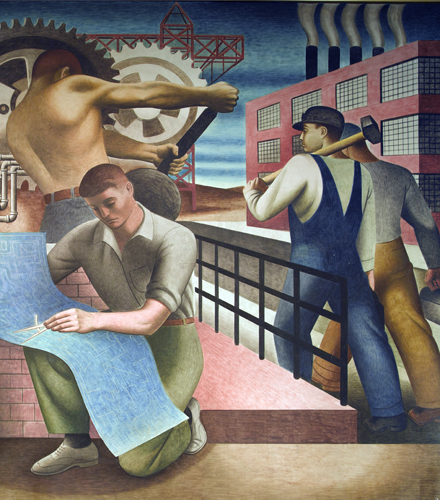
![]() The History of Art in the New Deal Era
The History of Art in the New Deal Era
In this supplement students study the various functions of Federal art during the New Deal Era, and they contrast nostalgic with activist 1930s art, “social idealism” with “social realism.”
For INSTANT ACCESS to this GRAPES OF WRATH Supplement and Lesson
COMMON CORE STANDARDS MET WITH THIS LESSON:
Read closely to determine what the text says explicitly and to make logical inferences from it; cite specific textual evidence when writing or speaking to support conclusions drawn from the text.
Determine the meaning of words and phrases as they are used in a text, including vocabulary describing political, social, or economic aspects of history/social science.
Shakespeare Study Hall (Coming Soon)
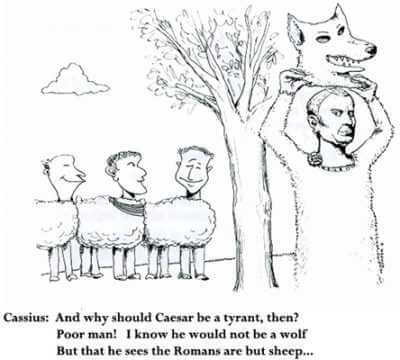
![]() Tackling the Figurative Language in Shakespeare’s Plays (SHAKESPEARE STUDY HALL – COMING SOON)
Tackling the Figurative Language in Shakespeare’s Plays (SHAKESPEARE STUDY HALL – COMING SOON)
In the online SHAKESPEARE STUDY HALL students explicate Shakespeare’s figurative language using graphic tools that help them to identify antithesis, parallelism, oxymoron, etc. The language is made clear and entertaining with cartoons that SHOW what Shakespeare SAYS.
The SSH is divided into three rooms – brain workout rooms: 1) the Romeo and Juliet Room; 2) the Macbeth Room; and 3) the Julius Caesar Room. Each year students’ facility with Shakespeare’s figurative language will greatly improve as they advance to the higher numbered rooms and tackle increasingly challenging exercises – or mental aerobics. As students acquire mastery over Shakespeare’s language, their reading and critical thinking skills will dramatically improve in literature and all other subjects.
NEXUS is a 501(c)(3) nonprofit based in Cleveland, OH. Our mission is to provide schools with outstanding interdisciplinary resources that inspire students to THINK, LINK and IMAGINE.
A portion of our proceeds is donated annually to UNICEF’S Audrey Hepburn All Children in School Fund.


